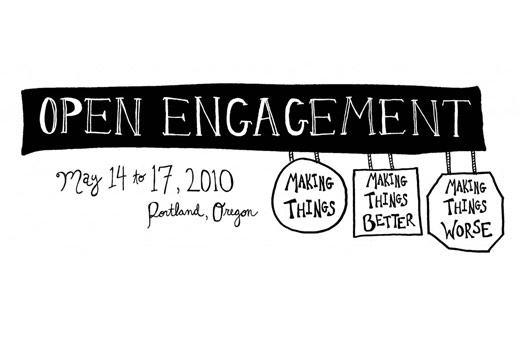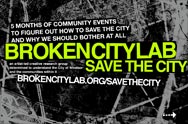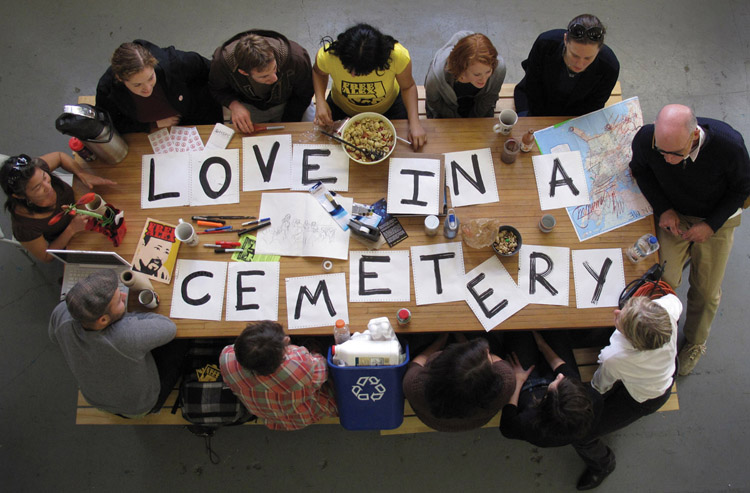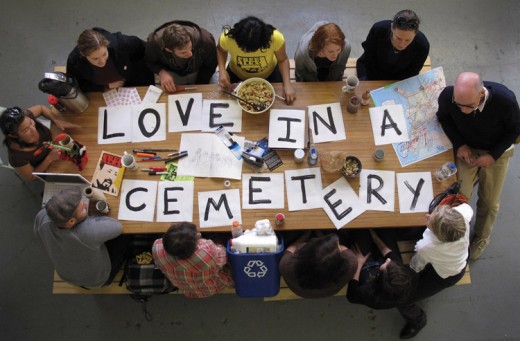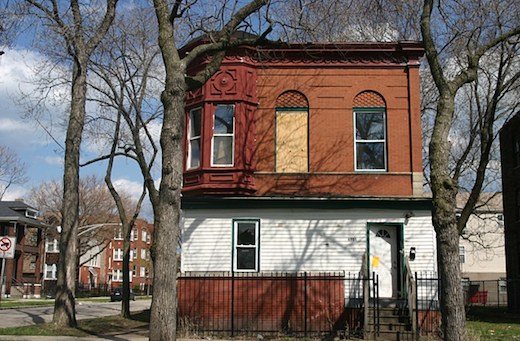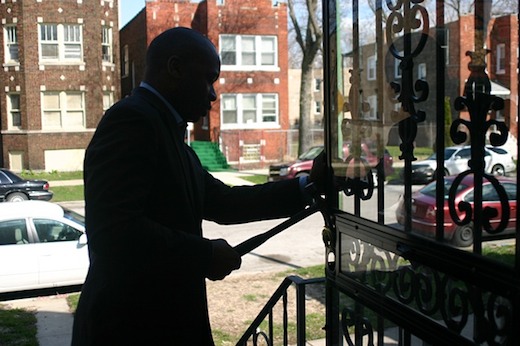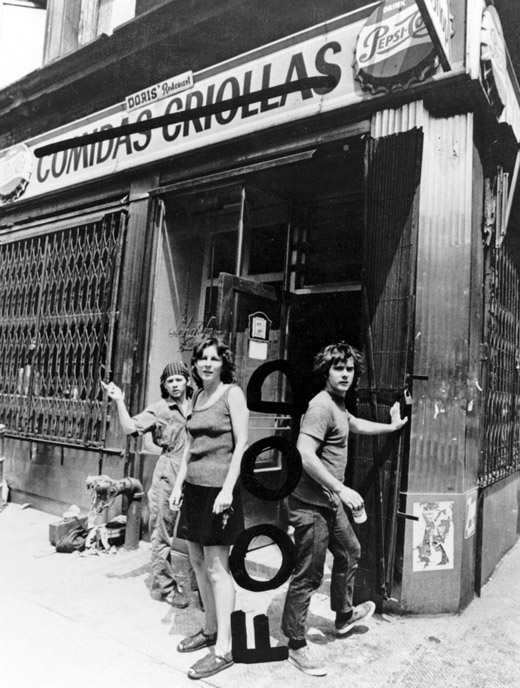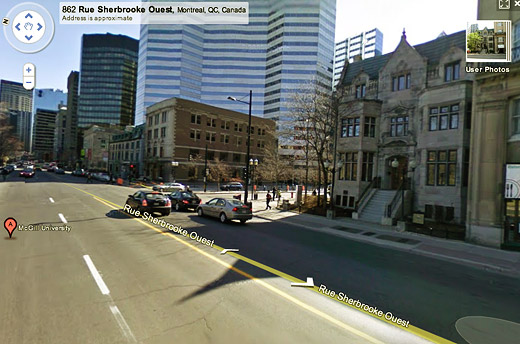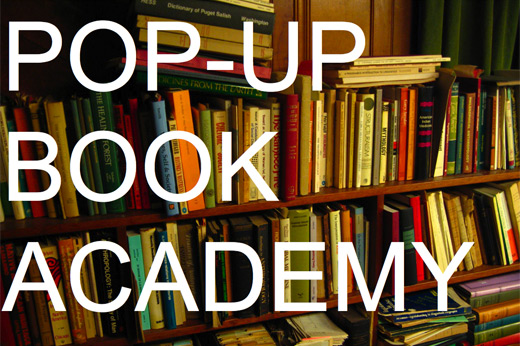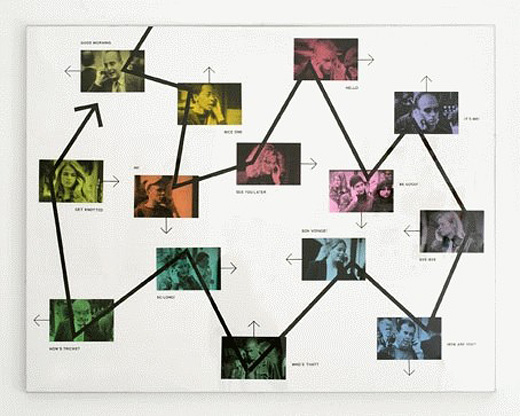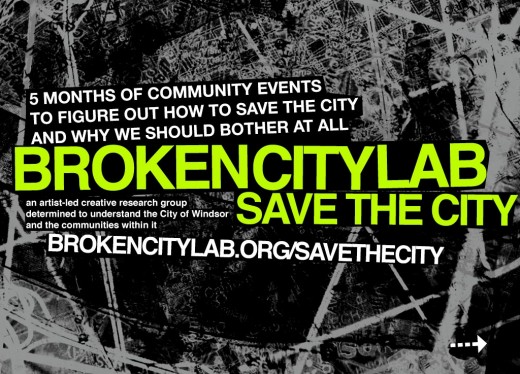
The Save the City project aims to create a concentrated series of positive community-based activities facilitated by Broken City Lab in collaboration with community members. The project will address a number of issues and ideas specific to Windsor, Ontario through various collaborative community-based activities. As Windsor is situated in precarious economic, cultural, and geographic positions, the Save the City project will serve as a much needed injection of positive collaboration, engagement, and dialogue with the city itself and its diverse communities.
The objectives of the Save the City project are to prompt and initiate creative solutions for social change within Windsor through direct connections between emerging artists and community members. Save the City will focus on the process of creative and artistic practice extending into the community and the everyday, selecting and inviting a range of collaborators and participants from within the many communities of the City of Windsor.
The Save the City project will bring together emerging artists and city residents to imagine and prompt creative social engagements and civic activation. Within the project’s series of five activities, the content of each activity will be based on a creative interaction with a part of Windsor’s current and historical social, economic, and regional culture.
Below is the schedule of events (with some details still to be announced):
January 24, 2010 – Listen to the City : Community storytelling workshop to brainstorm, uncover, and share your personal histories of Windsor (Phog Lounge, 157 University Ave W, 8PM)
February 28, 2010 – Sites of Apology / Sites of Hope : Social Mapping event of the places we need to apologize for and the place we need to care about (362 California Ave, 1PM)
March – Sing to the Streets : A celebratory parade of French history, singing French Folk songs to French Streets (meet at Pelissier and University)
April – Things Worth Saving : Help us to document the thousands of things worth saving in this city, we’ll turn them into free postcards to send out to other cities (362 California Ave)
May – How to Save a City : Community think tank / artist talk / open forum, asking how in the world do you save a place like Windsor (TBA)
Broken City Lab: Save the City is generously supported by the Ontario Arts Council.

